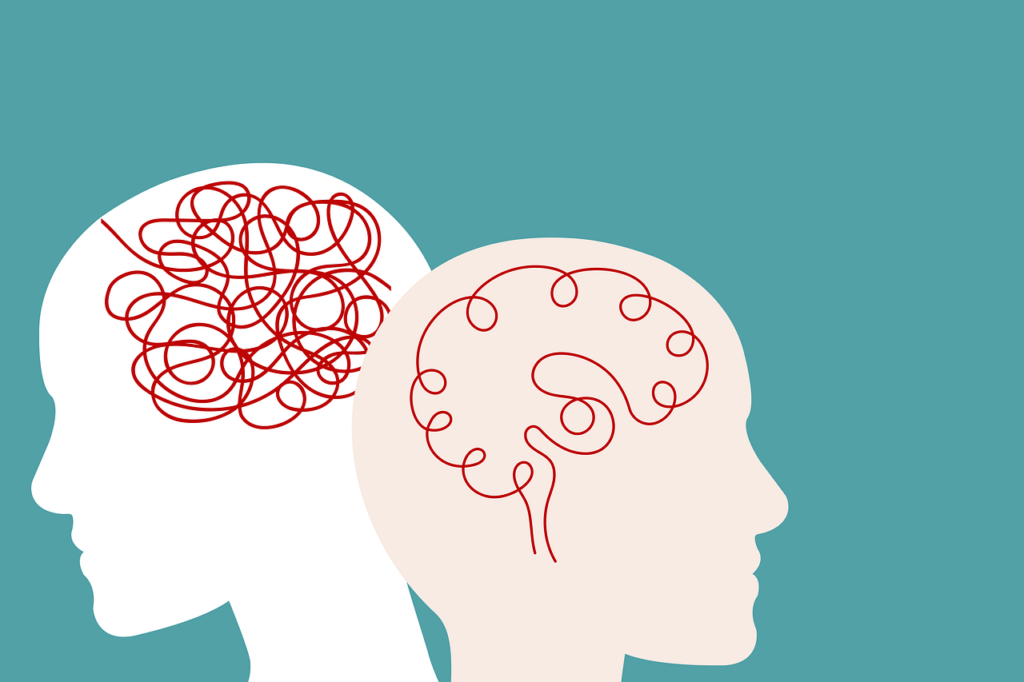At Rebalance Physical Therapy, some of our patients have been asking “what is craniosacral fascial therapy?” and how it differs from Craniosacral Therapy (CST) or Fascial Release. In this blog post, we will discuss what it is, how it works, and conditions it can help with. Craniosacral Fascial Therapy (CFT) is a holistic, manual therapy which brilliantly merges the principles and foundations from two modalities: Craniosacral Therapy and Fascial Release work. Developed by Dr. Barry Gillespie, (www.GillespieApproach.com) CFT focuses each technique on both the craniosacral and fascial systems simultaneously. This therapy is based on Dr. Gillespie’s theory that the Craniosacral and Fascial systems are not separate but rather one interconnected system.
How Does Craniosacral Fascial Therapy (CFT) Work?
CFT techniques are gentle and non invasive. They are intended to address connective tissue (fascia) strain patterns in the body, but more importantly, they address directly the effect a strain pattern has on the craniosacral system. Once the craniosacral system is free from restriction and the cerebrospinal fluid achieves an optimal flow, the body is better able to heal and balance itself. This modality is appropriate for all populations; newborns through adulthood.
Common Conditions Treated with CFT
CFT has been known to be effective for a wide range of issues such as: migraines, ear pain, whiplash, concussions, newborn feeding and sleep issues, chronic pain (especially in the head, neck, and back), TMJ (temporomandibular joint) issues, and many more.
What Happens in a CFT Session?
The physical therapist will assess for areas of tightness or restriction using a very light touch. The goal is to help release these restrictions to achieve improved function and balance.
Adult Sessions are 45 minutes, Pediatric sessions are 30 minutes. Allow an additional 15 minutes for your first session. Client is should arrive in loose fitting, comfortable clothing.





